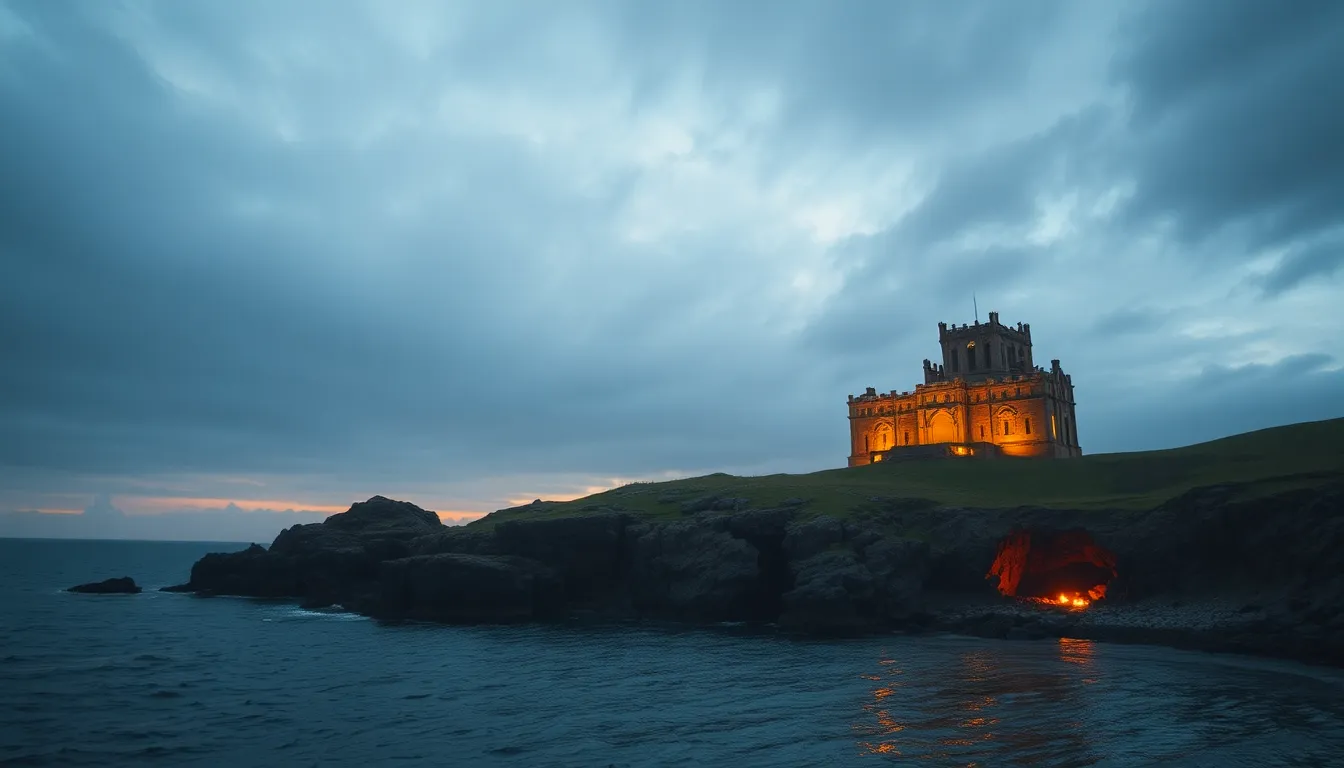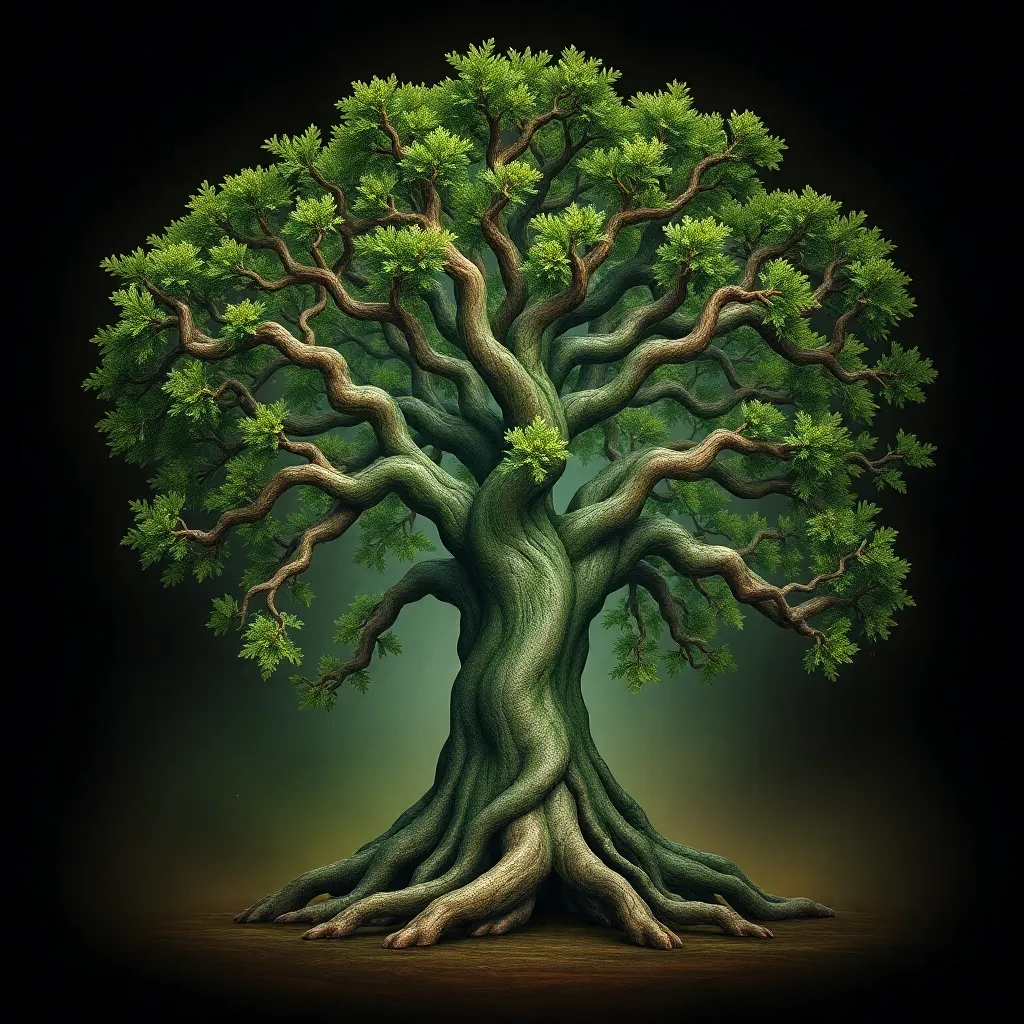The Mythical Shore: Sacred Coastal Sites in Legend
I. Introduction to Sacred Coastal Sites
Sacred coastal sites are areas along coastlines that hold significant spiritual, cultural, or historical importance to various communities. These sites often feature in myths and legends, serving as places of worship, pilgrimage, or spiritual reflection. Across cultures, they symbolize the connection between humanity and the vastness of the oceans, embodying the mysteries that lie beneath the waves.
The significance of these coastal sites can be seen in their roles as gathering places for rituals, as well as their representation in folklore and mythology. They are often characterized by rich narratives that speak to the human experience and the natural world. The purpose of this article is to explore the origins of coastal legends, the influence of indigenous cultures, and the modern interpretations of these sacred sites.
II. The Origins of Coastal Legends
The historical context of coastal myths is deeply rooted in the interactions between early civilizations and the sea. As people settled near coastlines, they began to weave stories that explained natural phenomena, navigational challenges, and the abundance or scarcity of resources. Legends often emerged as a means to communicate the dangers and wonders of the ocean.
The geography of coastal regions played a crucial role in shaping these legends. Features such as cliffs, caves, and islands often inspired tales of gods, monsters, and spirits. Common themes found in coastal mythology include:
- The duality of creation and destruction
- The relationship between humanity and nature
- Journeys and transformations
III. The Influence of Indigenous Cultures
Indigenous cultures around the world have crafted their own unique legends centered on coastal sites. For instance, Native American coastal legends often illustrate the profound respect for the ocean and its resources. The ocean is seen not merely as a source of sustenance but as a living entity imbued with spiritual significance.
In many indigenous belief systems, the ocean is a central figure in creation stories and spiritual practices. The relationship between indigenous peoples and the ocean is characterized by a deep understanding of ecological balance and sustainability. This reverence can be compared to other indigenous beliefs globally, where the land and sea are considered sacred and interconnected.
IV. Sacred Shores in Ancient Civilizations
Ancient civilizations also contributed richly to coastal legends. In the Mediterranean, myths such as those of the Sirens and Poseidon highlight the allure and peril of the sea. These stories often served as moral lessons on the consequences of human hubris and the unpredictability of nature.
The Nile Delta held immense significance in Egyptian mythology. It was not only the lifeblood of Egyptian civilization but also a site of divine encounters, where gods such as Osiris and Isis were believed to engage with humanity. Coastal sites in ancient Asian cultures, such as Japan’s Shinto shrines, are often located near the sea, symbolizing the spiritual connection between the natural world and the divine.
V. Medieval and Renaissance Coastal Legends
During the Medieval and Renaissance periods, the allure of the sea permeated European folklore. Maritime myths flourished, giving rise to tales of mermaids, sea monsters, and lost civilizations. These legends often reflected the uncertainties of seafaring life and the dangers that awaited explorers on the high seas.
The impact of exploration during this time also contributed to coastal myths. As new lands were discovered, stories of strange creatures and mystical islands captured the imagination of those who had never ventured beyond their own shores.
VI. Modern Interpretations of Coastal Legends
In contemporary times, there has been a revival of ancient beliefs within modern spiritual practices. Many individuals and communities are forming connections with sacred coastal sites, seeking to honor the traditions and legends of their ancestors. Coastal tourism has also emerged as a significant industry, drawing visitors to legendary sites, often with a focus on their cultural and historical narratives.
However, the commodification of sacred coastal areas raises concerns about the preservation of their spiritual significance. Balancing tourism with the need to protect these sites from exploitation is an ongoing challenge for many communities.
VII. Case Studies of Notable Sacred Coastal Sites
Several sacred coastal sites stand out for their rich legends and cultural significance:
- Avalon: The legendary Isle of Arthur, associated with the myth of King Arthur and the Knights of the Round Table, is often depicted as a paradise where the king rests.
- The Bermuda Triangle: This area is infamous for the mysterious disappearances of ships and planes, leading to numerous myths and theories regarding its supernatural properties.
- Mount Athos: Located in Greece, this site is considered sacred in Orthodox Christianity, with numerous monasteries and a deep spiritual history.
VIII. Environmental Concerns and Sacred Sites
As climate change poses a threat to coastal regions, the impact on coastal legends and sacred sites becomes increasingly evident. Rising sea levels, erosion, and extreme weather events jeopardize the very landscapes that have inspired countless myths and cultural practices.
Preservation efforts for these sacred coastal areas are vital. Local communities often play a central role in protecting their heritage, advocating for sustainable practices that respect both cultural and environmental legacies.
IX. The Future of Coastal Legends
Technology is reshaping our understanding of coastal myths, offering new ways to explore and share these narratives. Digital storytelling and virtual reality experiences can bring ancient legends to life, fostering a deeper connection to these coastal sites.
As society evolves, new legends may emerge, reflecting contemporary issues and experiences. The interconnectedness of cultural heritage and environmental preservation will play a crucial role in shaping the future of coastal legends.
X. Conclusion
In conclusion, sacred coastal sites hold immense importance in legend, serving as a bridge between humanity and the mysteries of the ocean. These sites, steeped in history and spirituality, remind us of our connection to the natural world and the stories that shape our identities. As we reflect on the enduring nature of these myths, it becomes clear that preserving both cultural and environmental legacies is essential for future generations.




